The money plant, scientifically known as Epipremnum aureum, is a beloved houseplant that has captured the hearts of plant enthusiasts worldwide. With its lush, trailing vines and distinctive coin-shaped leaves, this plant not only adds a touch of natural beauty to any space but is also believed to bring good luck and prosperity. However, did you know that the humble money plant comes in a variety of captivating varieties? From the classic golden pothos to the mesmerizing jade and neon varieties, each cultivar offers its own unique charm and allure.
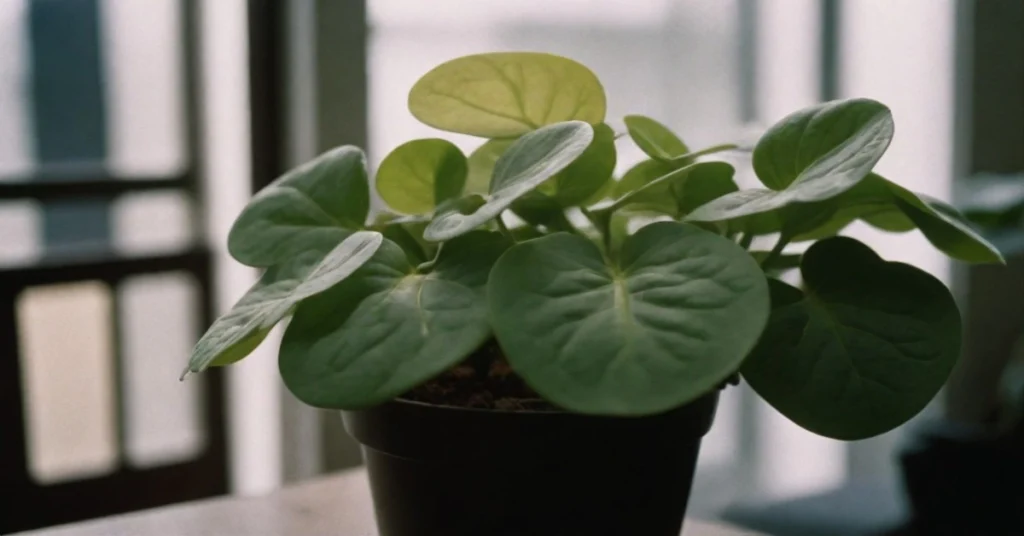
Table of Contents
History and Origin of Money Plants
The money plant’s journey began in the tropical rainforests of French Polynesia, where it thrived as a climbing vine, adorning trees and forest floors. Its name, “money plant,” is derived from the belief that its lush foliage and ability to purify the air would bring financial success and abundance to households. Over time, this resilient plant made its way across the globe, becoming a beloved houseplant and a staple in homes and offices alike.
Understanding the Different Types of Money Plants
While the classic golden pothos is the most well-known variety, the money plant family boasts a diverse range of cultivars, each with its own distinct characteristics:
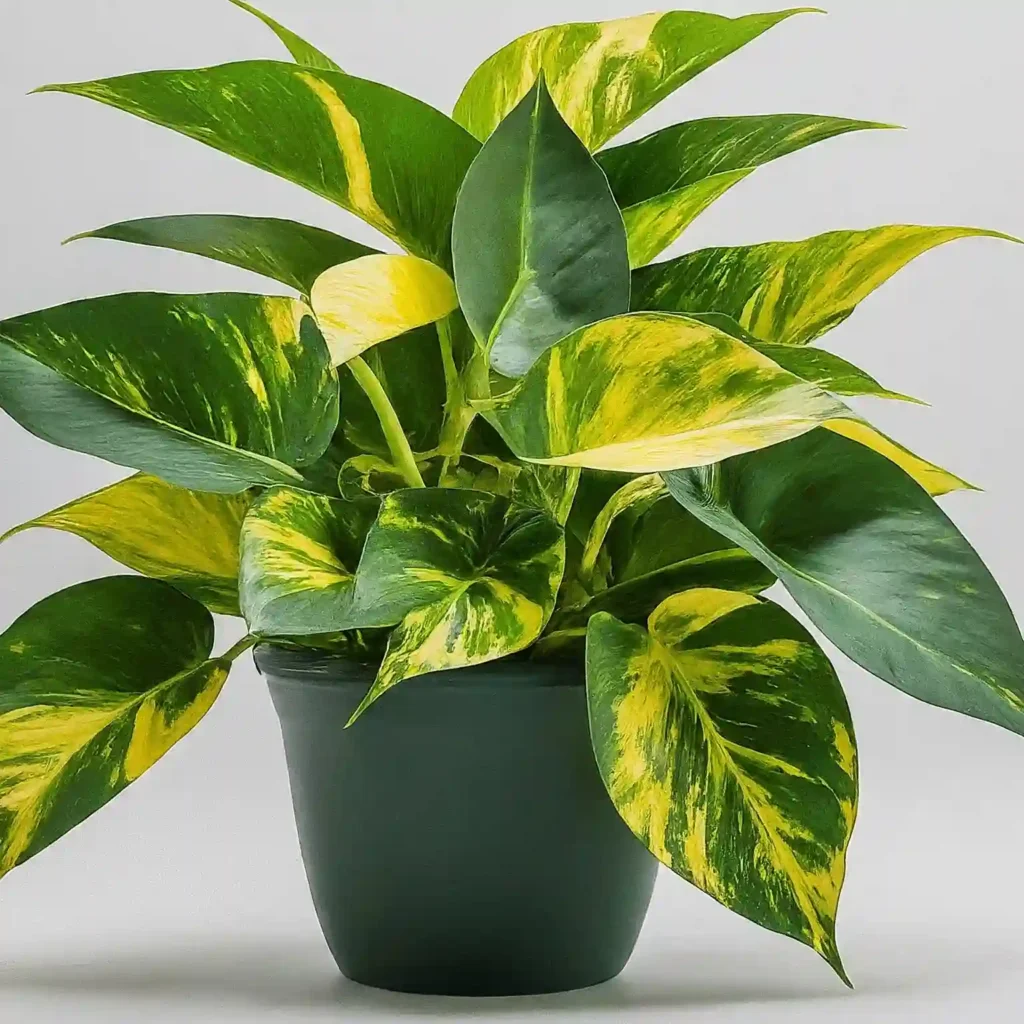
1. Golden Pothos: The original and most popular variety, featuring heart-shaped leaves with golden-yellow variegation.

2. Jade Pothos: A stunning cultivar with solid, deep green leaves that resemble jade gemstones.
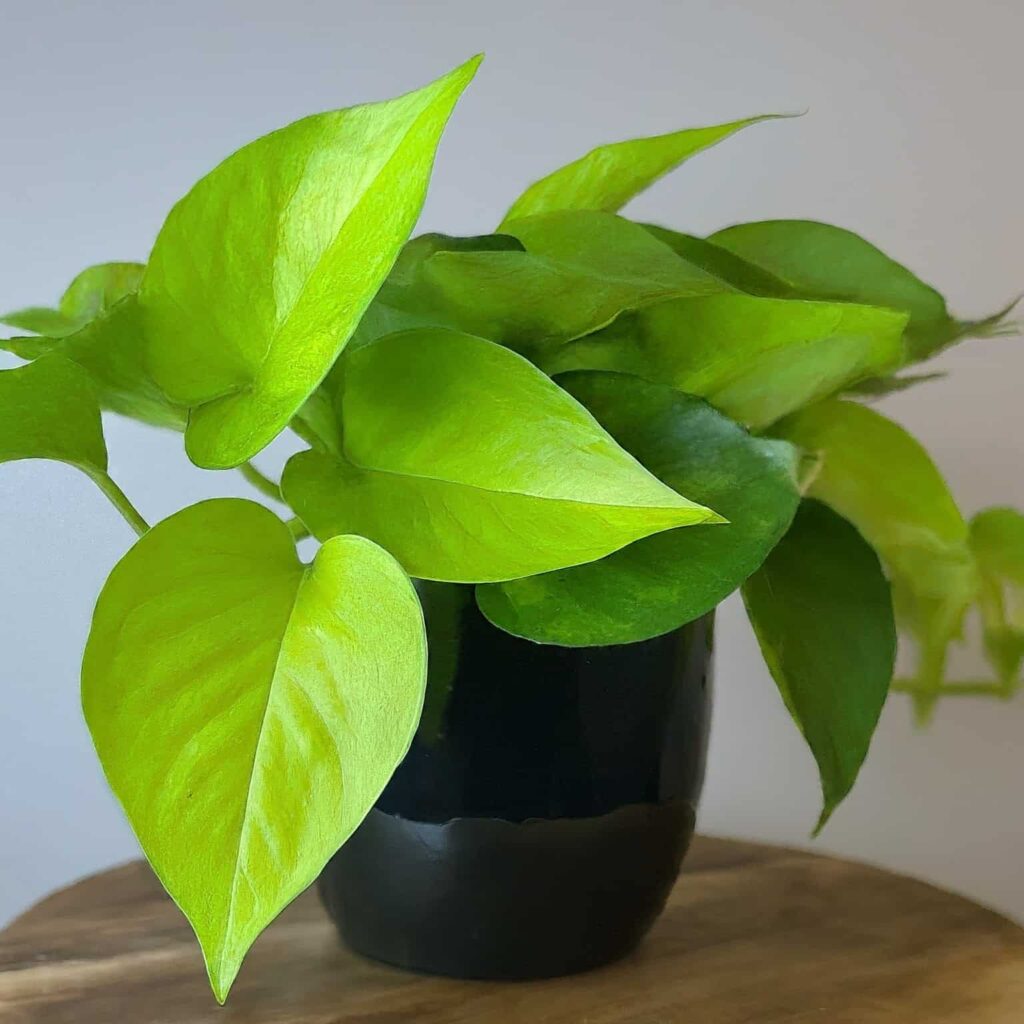
3. Neon Pothos: A vibrant variety with neon green leaves that seem to glow in the right lighting conditions.
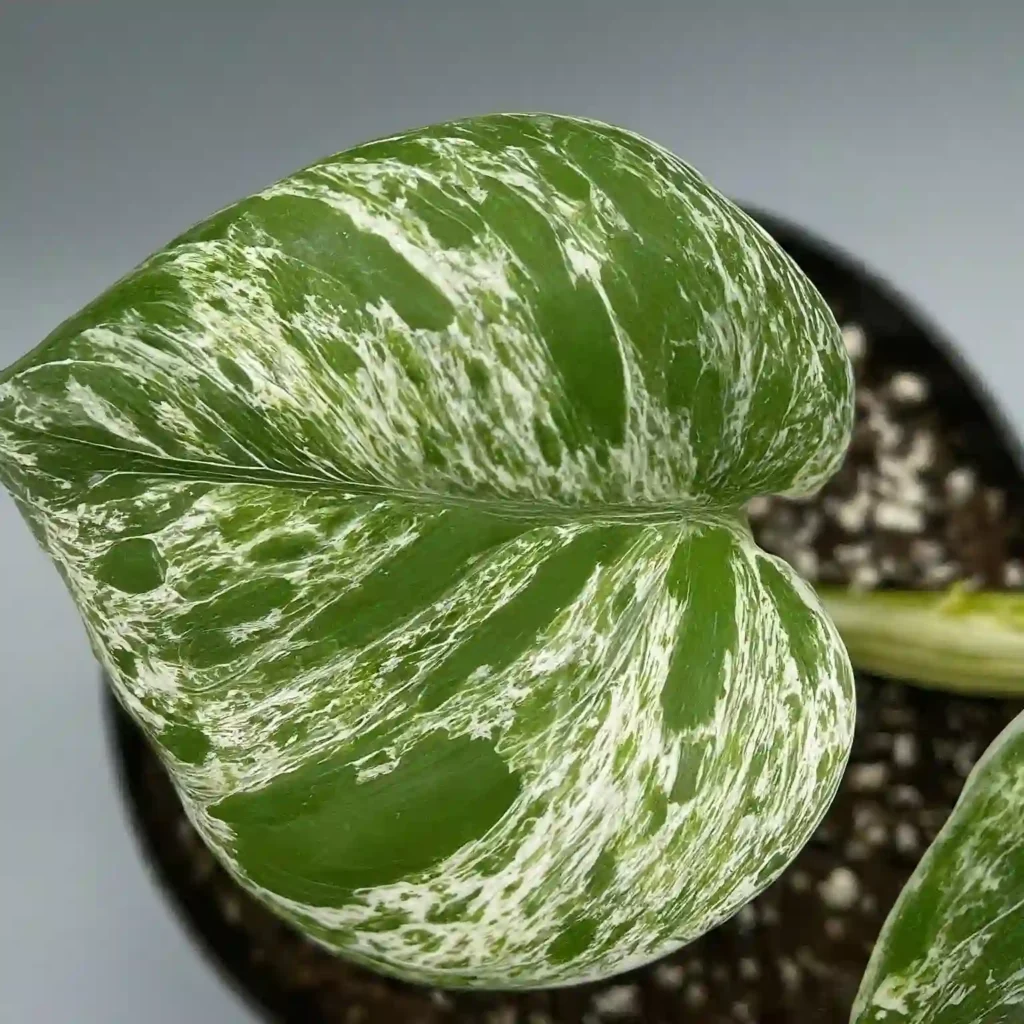
4. Marble Queen Pothos: A beautiful cultivar with white and green marbled leaves, creating a mesmerizing pattern.
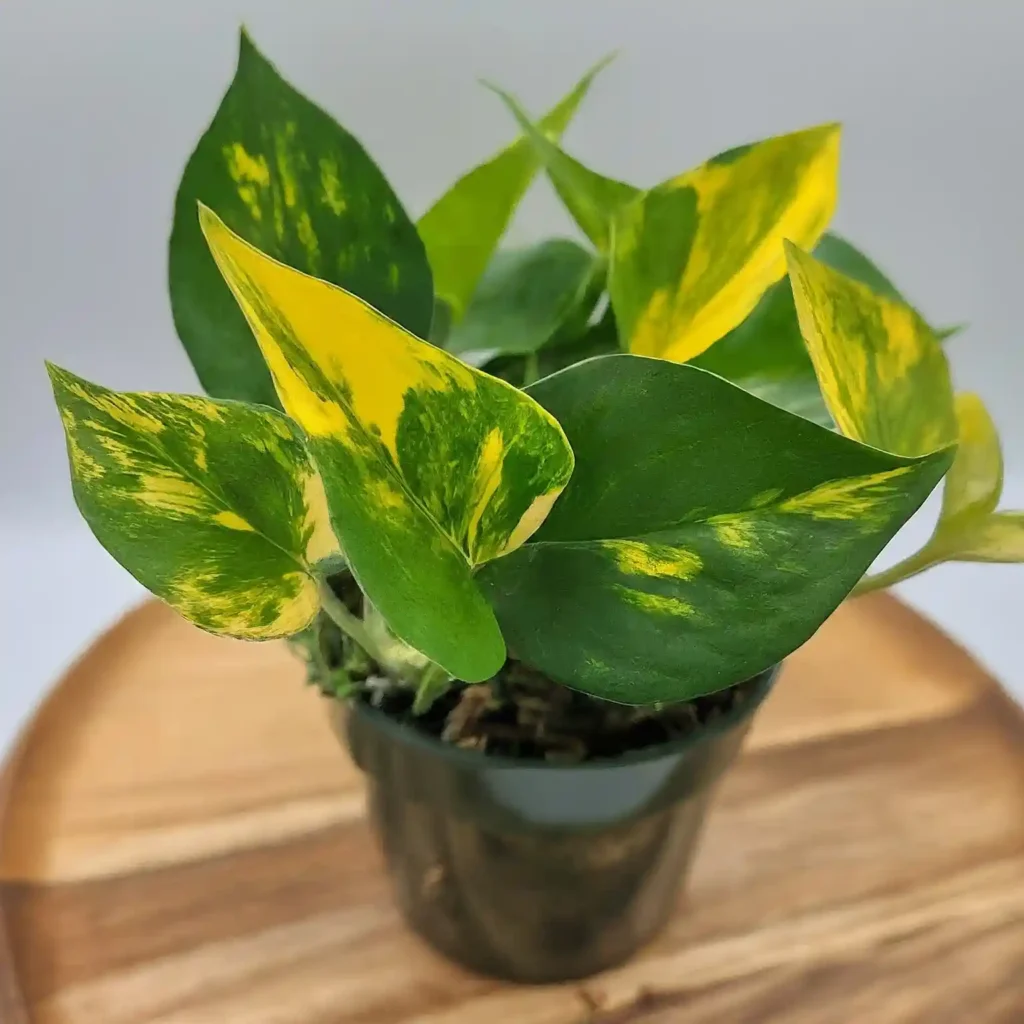
5. Pearls and Jade Pothos: A unique variety that combines the characteristics of jade and golden pothos, with leaves that transition from green to yellow.
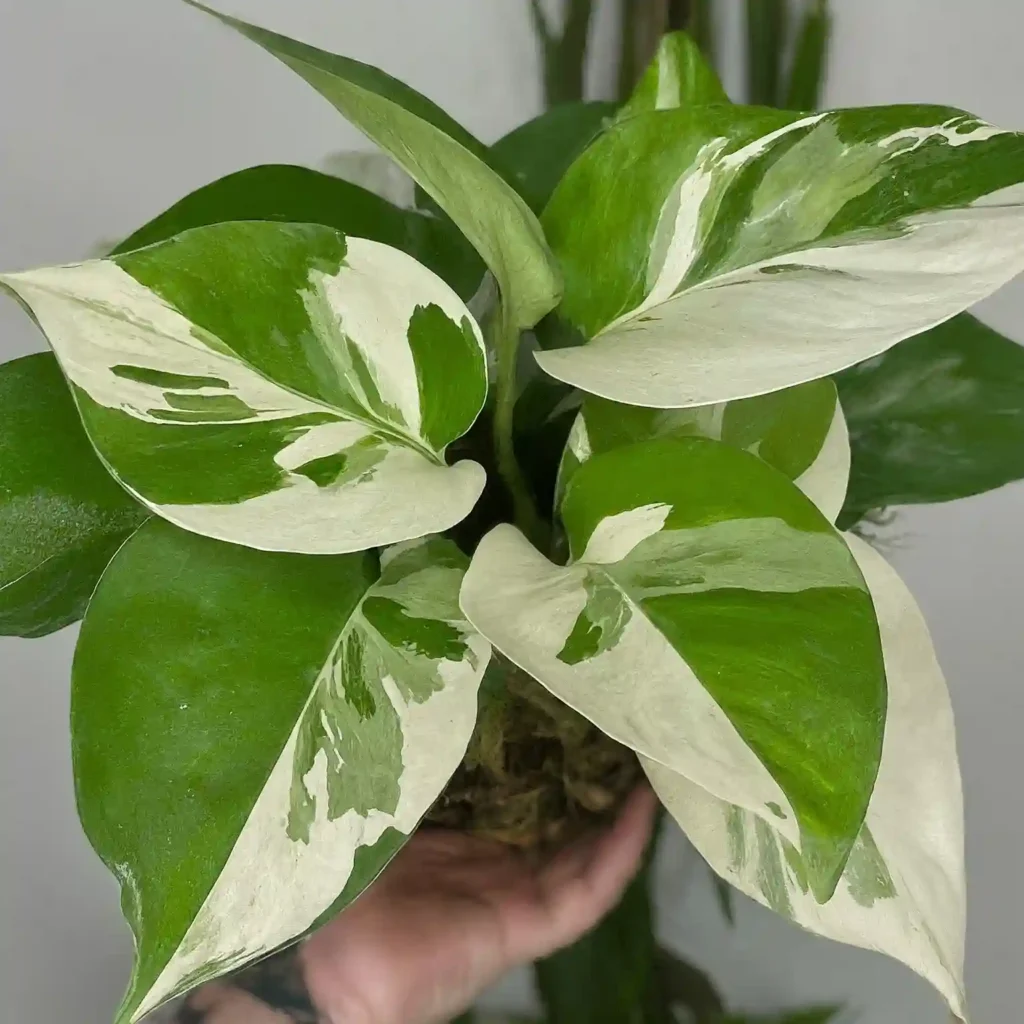
6. Manjula Pothos: A captivating cultivar with large, heart-shaped leaves featuring a striking white and green variegation.
Money Plant Care: Tips and Tricks
Regardless of the variety, all money plants share similar care requirements:
- Water: Money plants prefer their soil to dry out slightly between waterings. Overwatering can lead to root rot, while underwatering can cause the leaves to droop.
- Light: These indoor plants money plant thrive in bright, indirect sunlight but can tolerate low light conditions as well.
- Soil: A well-draining potting mix is essential for healthy growth.
- Pruning: Regular pruning encourages bushier growth and prevents the plant from becoming leggy.
Optimal Conditions for Money Plant Growth
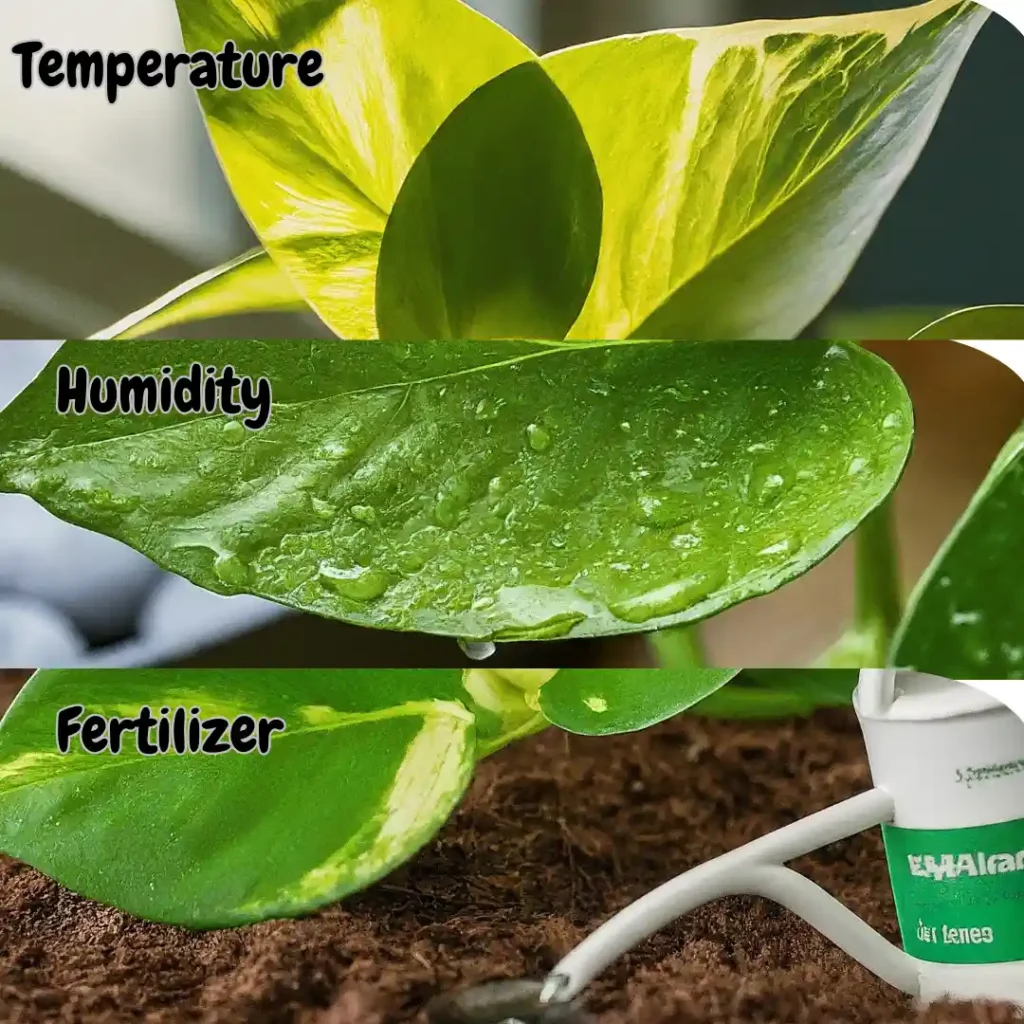
To ensure your money plant thrives, it’s essential to provide the right environmental conditions:
- Temperature: Money plants prefer warm temperatures between 65°F and 85°F (18°C to 29°C).
- Humidity: These tropical plants appreciate higher humidity levels, but they can adapt to average household humidity with proper care.
- Fertilizer: A balanced, water-soluble fertilizer applied every two to three months during the growing season can promote lush growth.
Step-by-step guide to growing money plants
One of the most rewarding aspects of growing money plants is their ease of propagation. With just a few simple steps, you can create new plants from your existing ones:
- Choose a healthy stem with at least four leaves and make a clean cut just below a leaf node.
- Remove the lower leaves from the cutting, leaving two to three leaves at the top.
- Place the cutting in a glass or jar of water, ensuring the leaf nodes are submerged.
- Change the water regularly and watch for root development.
- Once the roots are a few inches long, transplant the cutting into a well-draining potting mix money plant pot.
Common Problems and Solutions
While generally low-maintenance, money plants can occasionally encounter a few issues:
- Yellow Leaves: This can be caused by overwatering, lack of nutrients, or low light conditions.
- Brown Leaf Tips: Typically a sign of low humidity or underwatering.
- Leggy Growth: Insufficient light can cause the plant to stretch and become leggy. Pruning and increasing light exposure can help.
- Pests: Watch out for common houseplant pests like mealybugs, spider mites, and scale insects. Treat with insecticidal soap or neem oil if necessary.
Aesthetic and functional uses of money plants
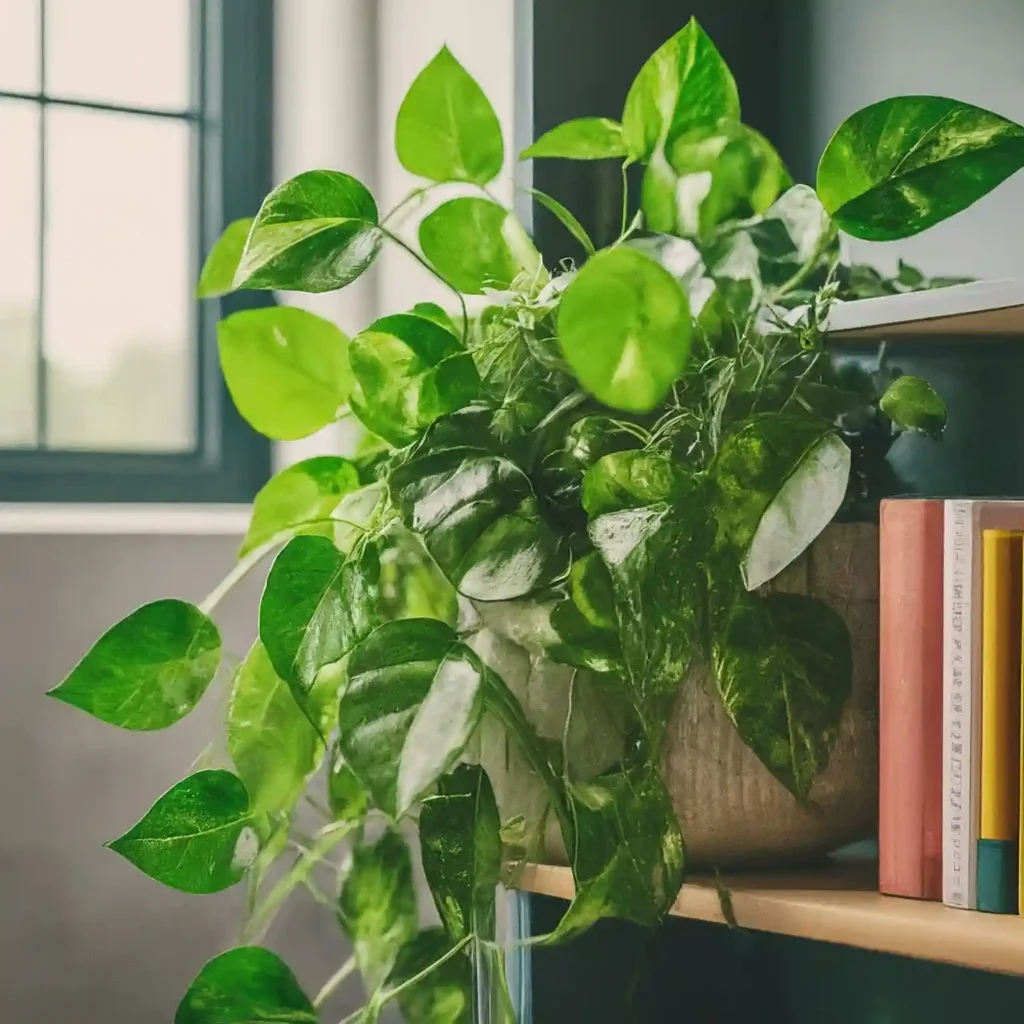
Money plants are not only beloved for their beauty but also for their versatility in design and functionality:
- Hanging Baskets: Their trailing vines make money plants perfect for hanging baskets, adding a touch of greenery to any space.
- Shelf Accents: Place them on shelves or bookcases to introduce a pop of color and life.
- Office Decor: The air-purifying properties of money plants make them ideal for offices and workspaces.
- Living Walls: Create stunning living walls by training money plant vines to climb trellises or wire frames.
Summary
As interest in houseplants continues to grow, the demand for new and unique money plant varieties is on the rise. Plant breeders and enthusiasts are constantly experimenting with new cultivars, exploring different leaf patterns, colors, and growth habits. From compact varieties suitable for small spaces to trailing giants that can cascade from hanging baskets, the future of money plants promises an exciting array of choices for plant lovers everywhere.
In conclusion, the money plant is a versatile and captivating houseplant that has captured the hearts of plant enthusiasts worldwide. With its diverse range of varieties, easy care requirements, and believed ability to bring good luck and prosperity, it’s no wonder this plant has become a staple in homes and offices alike. Whether you’re a seasoned plant parent or a budding enthusiast, mastering the art of growing and caring for money plants is a rewarding journey that promises to bring beauty, tranquility, and perhaps even a touch of financial abundance into your life.




